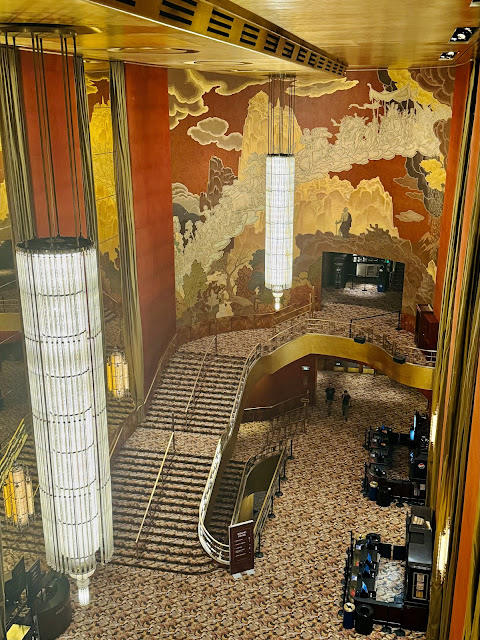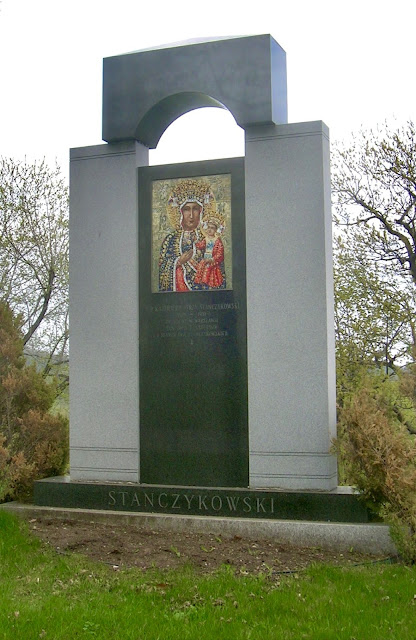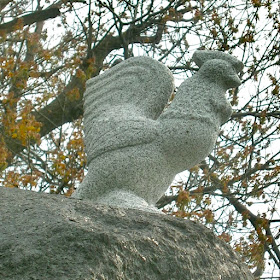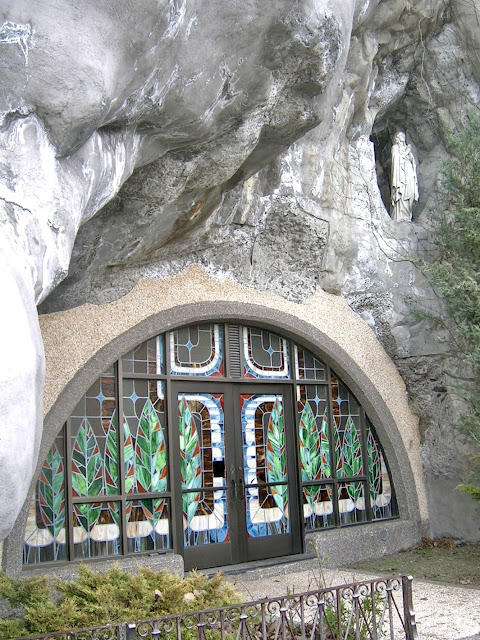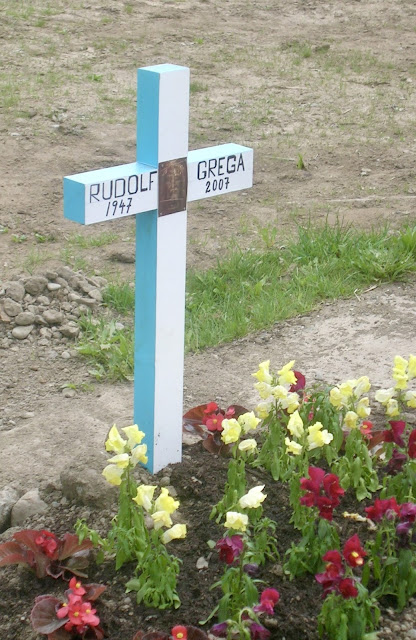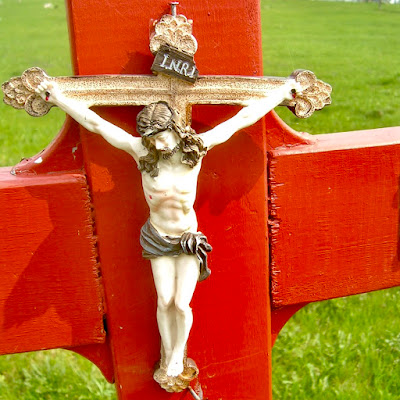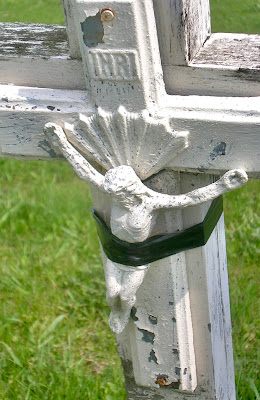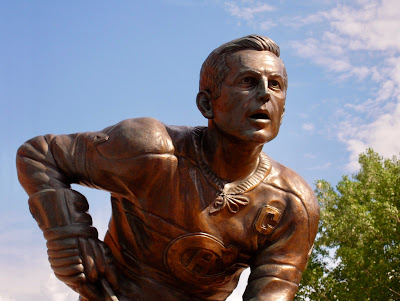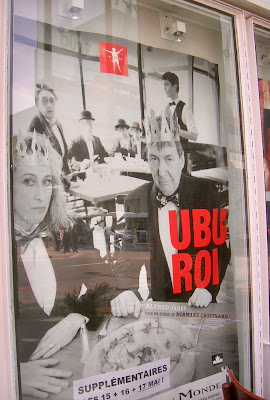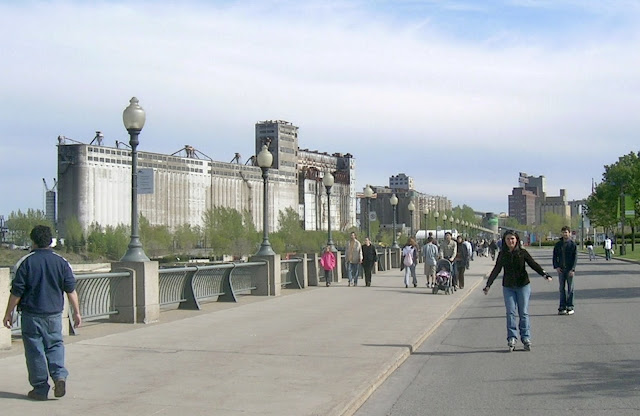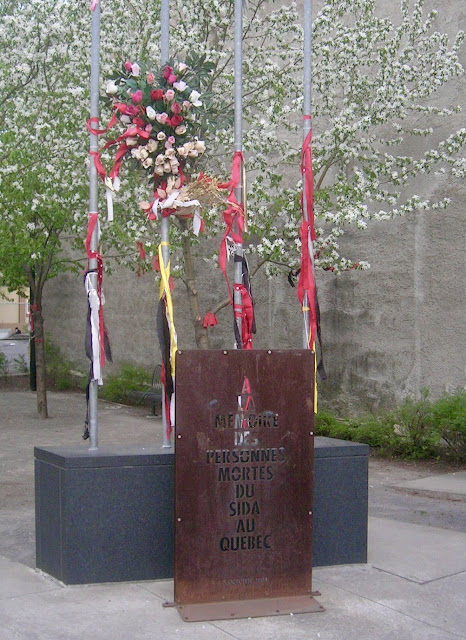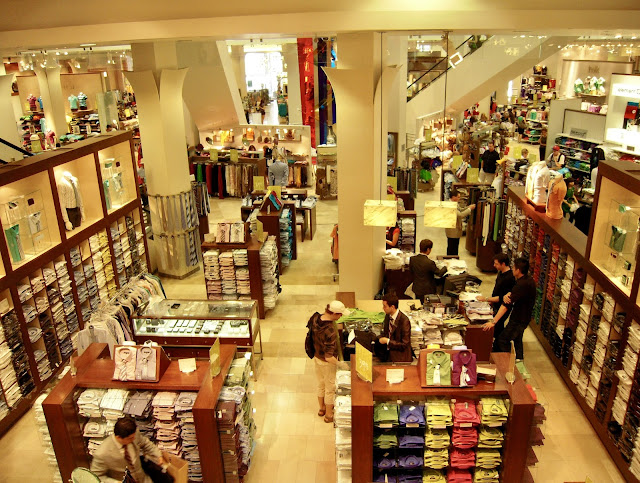"What just happened?" I asked myself, incredulously, as I read the final chapter of Playground, a novel that hadn't yet risen to the level of Richard Powers' last magnificent book, although both appeared to be cut from the same environmental-friendly cloth. But after thinking about the off-putting twist for a day, Playground might just do that for an entirely different reason: it inspires fear, rather than awe, or maybe I'm just a Luddite overthinking things.
The sentimental and not-quite-believable story filled with too many coincidences begins on a French Polynesian beach, where Ina Aroita and her two children pick up plastic detritus that has choked a bird. They take it home where Ina begins to incorporate the colorful pieces into a sculpture that morphs into a symbolic totem and funerary boat by the book's end. We soon find out Ina is married to Rafi Young, an African-American poet from Chicago who also happens to be the estranged best friend of Todd Keane, the privileged tech entrepreneur responsible for building the world's most successful social media platform, which gives the book its title and a theme that that Powers beats like a dead horse.
Play was evolution’s way of building brains, and any creature with a brain as developed as a giant oceanic manta sure used it. If you want to make something smarter, teach it to play.
A lonely man in the end stages of Lewy body dementia who once loved Ina too, Todd is behind an effort to re-colonize Makatea, Ina's and Rafi's little bit of back-to-earth paradise, through seasteading, a development that Rafi opposes even before he becomes aware of Todd's hidden involvement. Evie Beaulieu, a seventy-something oceanographer, whose illustrated children's book, the delightfully titled Clearly It Is Ocean, once enabled Todd to imagine he could breathe underwater in Lake Michigan and live with the fishes to escape his parents' horrible marriage, joins the anti-colonizers, a raft of mostly underdeveloped stock characters, including an old hermit and a dancing queen who borders on indigenous caricature.
The more I describe the plot of Playground, the more ridiculous it sounds, which may be the point, particularly when the entire population of 85 Makateans--including the kids--participates in a cheesily suspenseful referendum to decide the future course of the island, partially enabled by the ready assistance of Profunda, an AI assistant who makes Einstein look like Alexa. A single vote decides the outcome, tipping the hand of the novel's "real" author, whose enraging and subversive identity I will not spoil.
Even if I'm wrong about Powers' intentions, there's a lot to like and learn in Playground, particularly Evie's descriptions of aquatic life, rhapsodic and hallucinogenic in equal measure. Her agenda, an admirable one, also seems to be one that Powers shares and used to sublime effect in his more single-minded novel about trees:
With each new press conference, she [Evie] grew bolder in preaching the gospel of the oceans. Becoming a part of them would give the troubled race of men something to aspire toward. Once people witnessed the abundance of underwater life, once they lived there, they would ache to take care of the place like it was their home.
Reading Playground is a little bit watching like a great actor playing a bad one: you can't deny the talent involved even if the performance isn't nearly as enjoyable.





